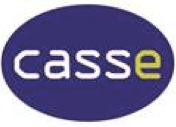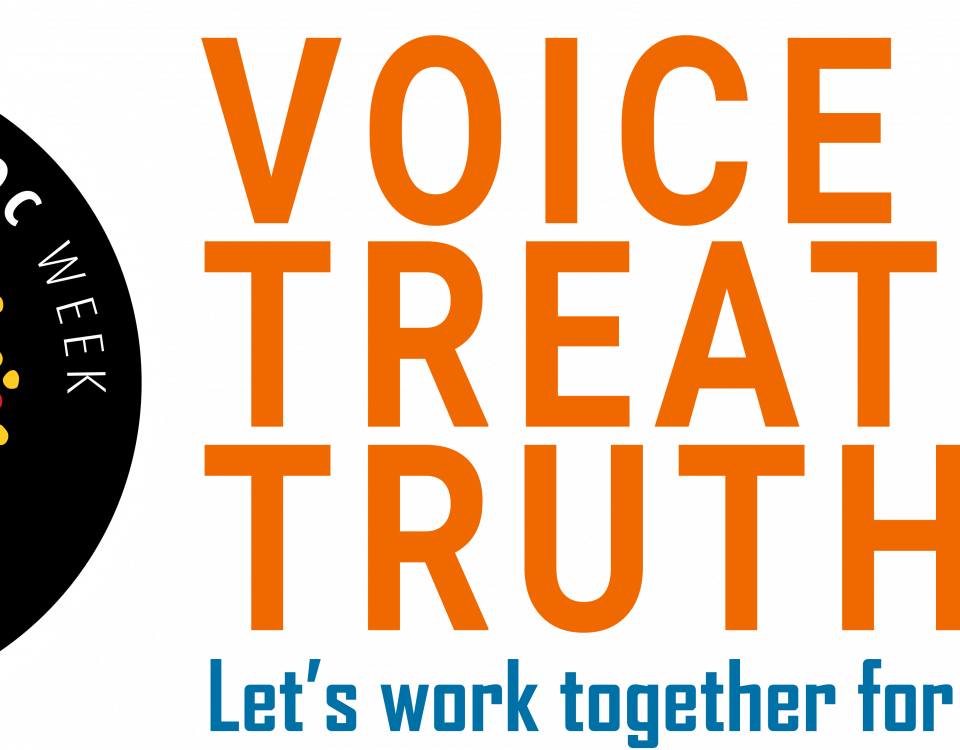The bridge to optimism
February 18, 2014Engaging ‘lost’ teenagers
February 20, 2014by Pamela Nathan
Luke Williams, a lawyer and journalist, reviews the new book ‘A History of Psychoanalysis in Australia: From Freud to Lacan‘.
Luke Williams reports that “this book is not a usual history. Ellingson goes beyond a description of events to offer a compelling analysis for why psychoanalysis never took off here (in Australia), with the result that Australia ‘has the therapists it deserves'”.
“Ellingson ends apparently by criticising the response of Australia’s major psychoanalytic bodies to the ideas of Melanie Klein and Lacan: ‘Australian psychoanalysis invested in technique at the expense of..theoretical rigour'”.
It is true that psychoanalysis in Australia has not gained full mainstream recognition and government subsidisation. Nonetheless, psychoanalytic work is alive (and with theoretical rigour) in Australia. The Victorian Association of Psychoanalytic Psychotherapy (of which I am a member and Ellingsen is not) has over 100 members, runs a 4 year training course (current intake is 8, which is sizeable for psychoanalytic training) and a clinic. Most members write, present papers, teach, supervise and, most importantly, have busy practices and are dedicated to their work. The training is based on an object relations approach and not ego psychology. I don’t think the most successful psychoanalysts have necessarily had a medical training. I don’t think the approach to quote Ellingsen has “not been based on theory but on talking to people and trying to understand what their troubles were and offering them some commonsense solutions”. This sounds more like cognitive behaviour therapy to me.
Psychoanalytic therapies, as I understand them, offer the possibility of easing suffering through the deepened self-understanding that can emerge in a therapeutic relationship and a greater empowerment and possibilities to be discovered for the person who thereby finds and grows the capacity to give voice to previously unknown, hidden, unwanted or silenced areas of experience. The analytic psychotherapist meets the patient where he is at in the here and now and the relationship holds the emotional experiencing of the past in a living present in a humane and empathic way. The therapeutic process creates meaning and aliveness, without memory or desire, but with reverie and representation. Meanings and possibilities are emergent and cannot be determined or directed. Therapy can illuminate and hold conflict and anxiety and both integration and coherence can be achieved.
I think psychoanalytic thinking today privileges – listening, receptivity, attention, understanding, projective processes, uncertainty, not knowing, pain, emotional experiencing, relationships, suspending judgement, temporality, conflict, the hidden, the alien within the inner home, reverie, container/contained, continuity, symbolic thinking, transformation of beta elements to alpha functioning, representation, remembering, relations, life and death forces, integration, and transformation and is dedicated, thoughtful, reflective, empathic and alive.
It is unfortunate when the profession is attacked and disfigured by a Lacanian and Freudian psychoanalyst who I note on his own website promotes the value of psychoanalysis! It is also surprising that a lawyer wrote a review on a psychoanalytic book. I think the Australian public have the good therapists they deserve.





